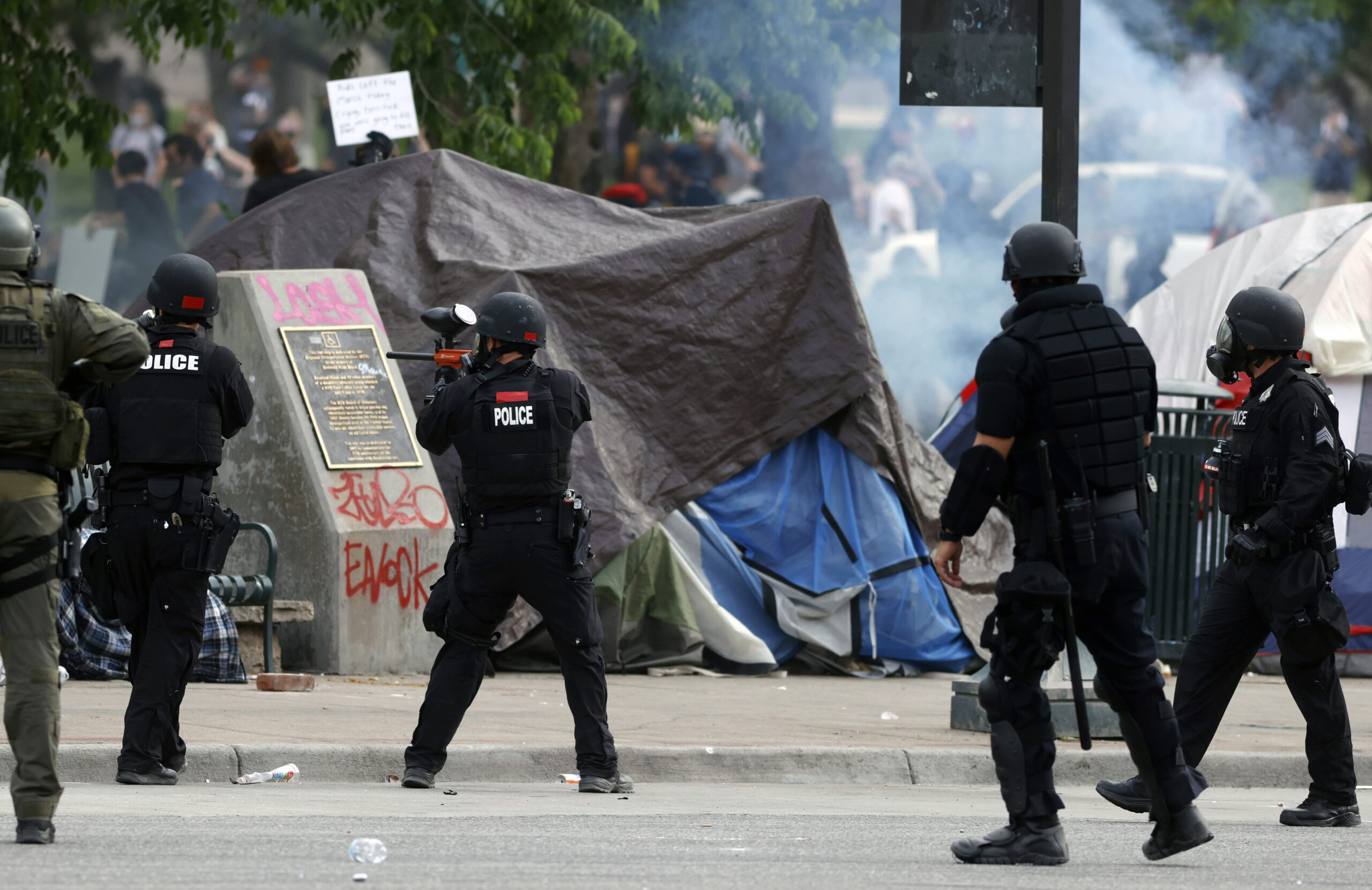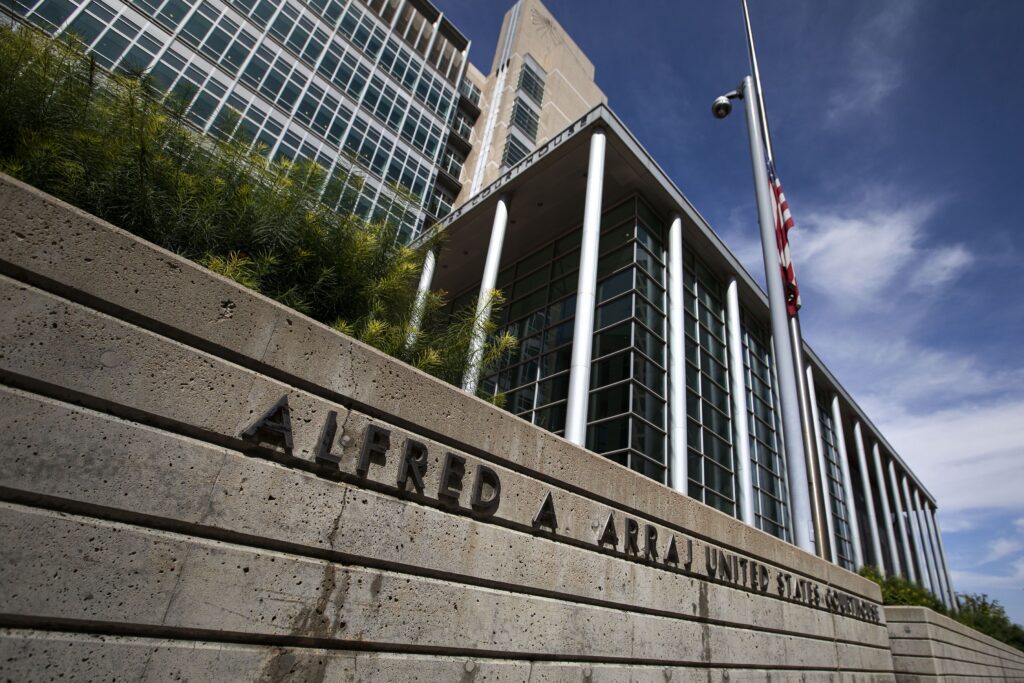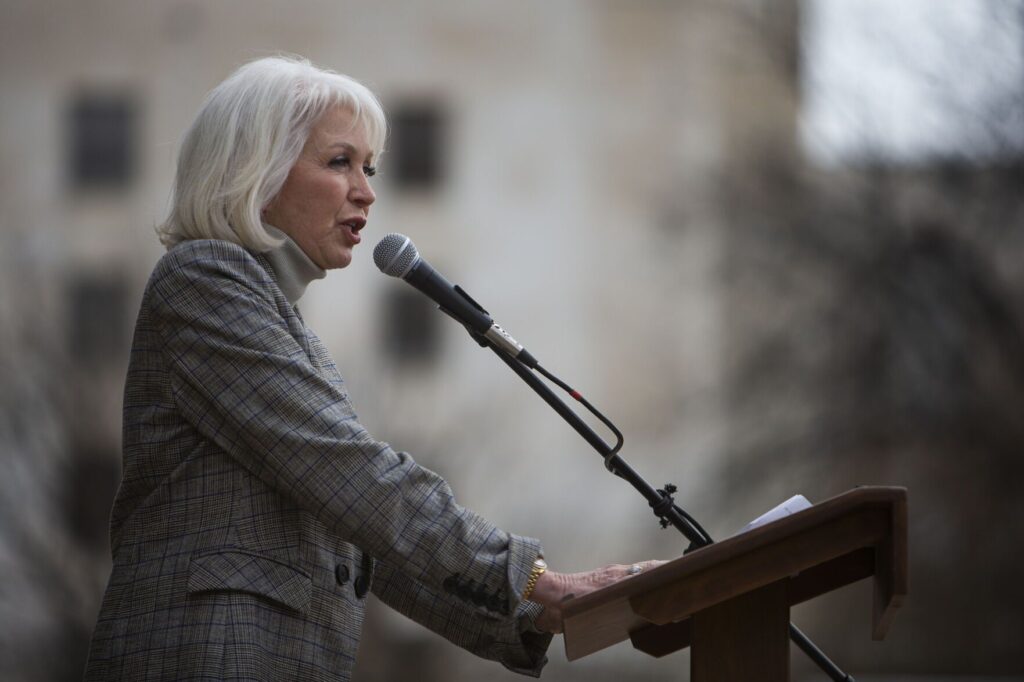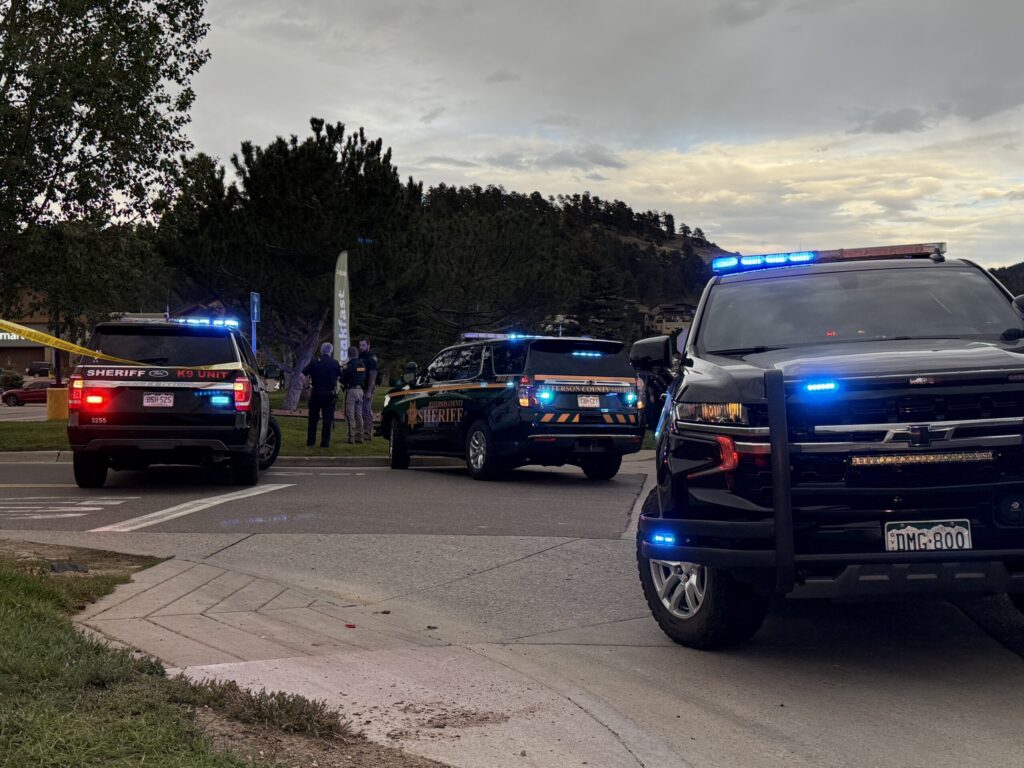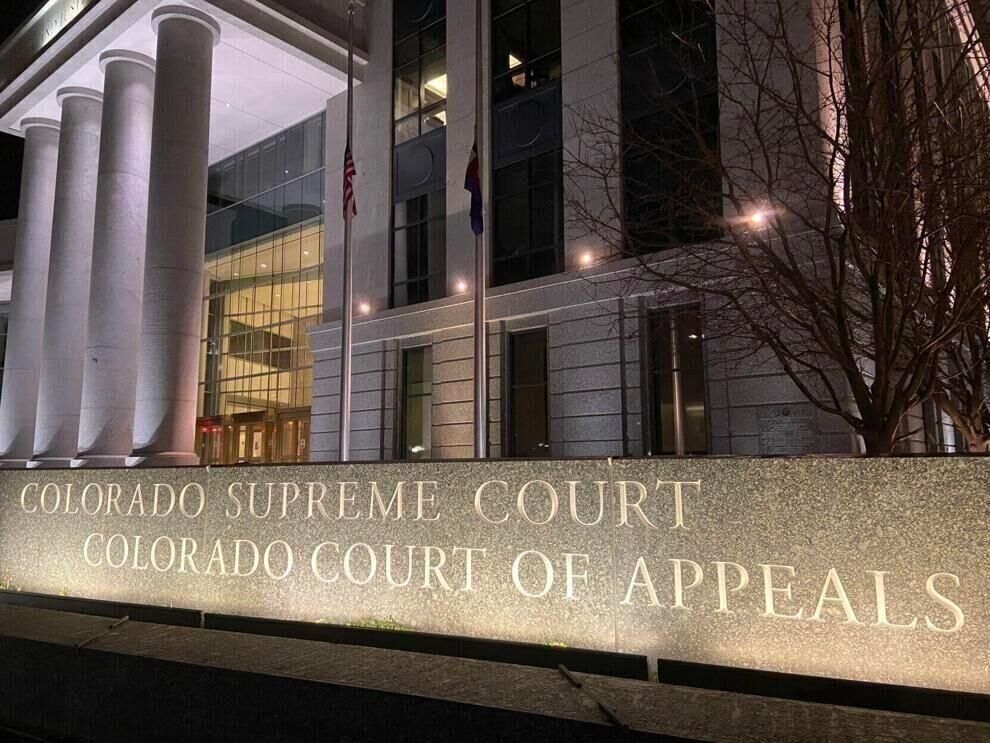Protesters take stand in first day of testimony in trial over 2020 George Floyd demonstrations

During the opening day of testimony in the federal trial over Denver police’s response to protests in 2020 sparked by the death of George Floyd, the group of demonstrators suing sought to paint officers’ use of less-lethal munitions as random and unprovoked.
But the city aimed to frame the responses by police as reactions to people causing destruction, blocking traffic and threatening officers.
“I just don’t want people to have to suffer to be able to get their voices heard,” Stanford Smith said on the stand when asked why he decided to sue Denver.
“And I’m asking the jury to please help create an environment like that.”
Central to the group of protesters’ claims at trial, which is scheduled for three weeks in federal court, are allegations police used excessive force in their crowd-control tactics with use of less-lethal weapons, including chemical irritants, rubber balls and rounds made of foam and plastic fired from 12-gauge shotguns.
The case also claims the officers’ use of force resulted from a failure by Denver to train officers in how to properly respond to the demonstrations, and that the city approved of their conduct by not disciplining them for excessive use of force. It seeks to hold Denver responsible for the conduct of officers from other law enforcement agencies that provided aid during the protests, such as Aurora.
An attorney for Denver in opening statements Monday characterized the police’s response as necessary to contain a volatile situation that grew increasingly chaotic and violent over several days as protests unfolded. Police had almost no time to prepare since the protests broke out so quickly, attorney Lindsay Jordan said.
Testimony opened Tuesday with three of the protesters in the lawsuit. They described what they believed was unprovoked use of less-lethal munitions by police on what they said were peaceful demonstrations continuing for days. It included officers firing chemical weapons at the backs of people dispersing from different areas and shooting at those who were only verbally protesting, the plaintiffs said.
Claire Sannier, one of the plaintiffs, said she saw some people throw objects at police during the first few days of protests. But she said she didn’t witness officers responding directly to this or to acts of vandalism.
Sannier said she was tear gassed several times over the course of the first weekend and on May 29 was hit in the chest with a pepper ball. Sannier claimed she never heard police give verbal warnings or commands before firing munitions.
She said what she characterized as police’s seemingly random use of munitions to disperse crowds “felt like this huge betrayal from people who were ostensibly there to protect us.”
Kate Hoffman, an attorney for Hall & Evans – acting as outside legal counsel for Denver in the lawsuit – questioned Sannier about a personal journal entry she made after the first night of protests on May 28 describing incidents of destruction and profanities shouted at police she wrote she didn’t believe were productive. Among some of the snippets from Sannier’s contemporaneous account:
- “There was the usual stuff, a couple people being perhaps more aggressive than maybe useful.”
- “At some point much earlier, everyone was made aware of shots fired at the Capitol.”
- “When I got to the Capitol some anarchist types were blocking off Broadway.”
- “I stayed there while some men busted up three random cars in the parking lot, one looked like a cop car.”
Hoffman also asked her about a few instances she saw of people throwing water bottles at police, and Sannier said she asked them to stop. But she said she doesn’t believe a water bottle poses a risk to an officer wearing a helmet and body armor.
Hoffman asked her what “size and velocity” of object she believes would be a threat of harming police when thrown.
“What about a rock?” Hoffman asked.
“I don’t think it’s a good idea to throw a rock at a person, no,” Sannier replied.
The protesters who testified Tuesday said they hadn’t experienced aggression from police before the George Floyd protests.
“I would like to feel safe around police officers again, and I want to see change,” Zachary Packard said on the stand.
The case consolidates two lawsuits brought in 2020, and now represents a dozen plaintiffs. They include:
- Elisabeth Epps
- Amanda Blasingame
- Zachary Packard
- Claire Sannier
- Hollis Lyman
- Maya Rothlein
- Stanford Smith
- Ashlee Wedgeworth
- Joe Deras
- Sara Fitouri
- Jackie Parkins
- Elle Taylor
The trial will resume at 9 a.m. Wednesday.
